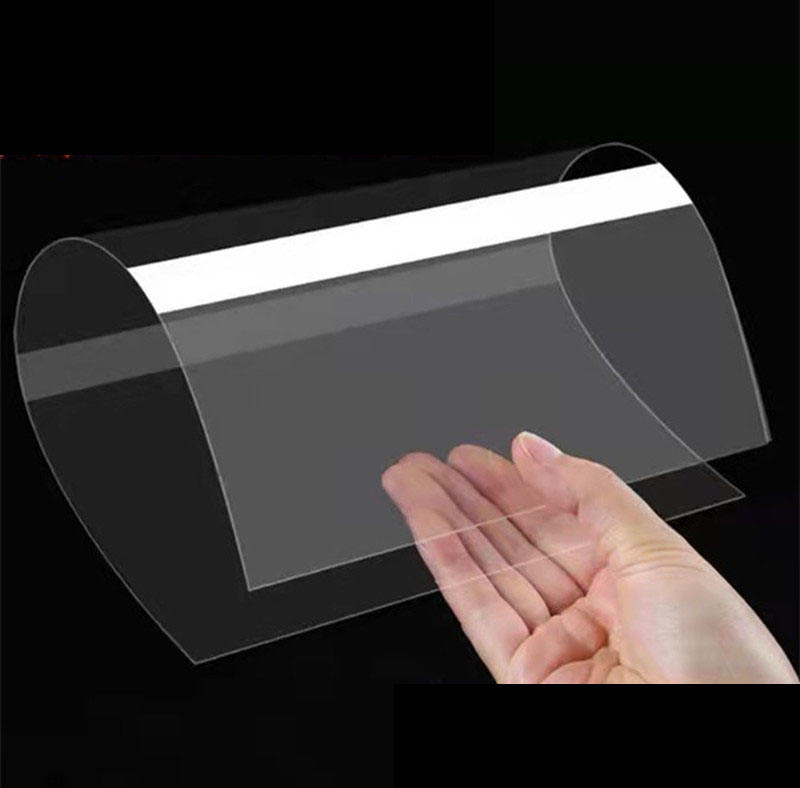Please Choose Your Language
Views: 4 Author: Site Editor Publish Time: 2023-04-28 Origin: Site








PET sheets are a type of thermoplastic polymer widely used in various industries due to their excellent properties, high tensile strength, good chemical resistance, and transparency. PET sheets are commonly used in packaging, automotive, construction, electronics, and medical industries. This article will explore the various types of PET sheets, their applications, advantages, limitations, manufacturing process, market trends, and prospects.
PET sheets are made from polyethylene terephthalate, a thermoplastic polymer derived from petroleum. PET sheets are produced by melting PET resin and then extruding it through a die to create a thin sheet. Depending on the intended application, PET sheets can be made in different colors, thicknesses, and sizes.

There are two main types of PET sheets, amorphous and crystalline.
Amorphous PET sheets are transparent and have good optical properties. They are commonly used in the packaging industry for food packaging, as they are resistant to water, moisture, and gases. Amorphous PET sheets have a lower melting point than crystalline ones, making them easier to process.
Crystalline PET sheets have higher tensile strength than amorphous ones, making them ideal for applications with high mechanical strength. Crystalline PET sheets are commonly used in the automotive, construction, and electronics industries.
PET sheets have a wide range of applications in various industries. Some of the most common applications of PET sheets include:
PET sheets are commonly used in the packaging industry for food and beverage packaging, as they are transparent, lightweight, and have good barrier properties against water, moisture, and gases.
Due to their high mechanical strength and durability, PET sheets are widely used in the automotive industry for manufacturing exterior and interior parts, such as bumpers, dashboards, and door panels.
PET sheets are used in the construction industry for roofing, insulation, and cladding, as they are lightweight, durable, and weather-resistant.
PET sheets are used in the electronics industry for manufacturing electronic components, such as capacitors, transformers, and insulators, as they have good electrical properties and can withstand high temperatures.
PET sheets are used in the medical industry for manufacturing medical equipment, such as diagnostic devices, lab equipment, and medical packaging, as they are resistant to chemicals and have good optical clarity.
PET sheets have other applications in textiles, sports, and consumer goods industries.
PET sheets offer several advantages, such as:
High mechanical strength
Excellent chemical resistance
Good optical clarity
Lightweight
Recyclable
Cost-effective
PET sheets also have some limitations, such as:
Poor thermal stability
Low UV resistance
Prone to scratching
Poor resistance to hydrolysis
The manufacturing process of PET sheets involves several steps such as:
Polymerization of PET resin
Melt extrusion of PET resin
Sheet formation through calendering or casting
Sheet trimming and cutting to size
The global PET sheet market is expected to grow at a CAGR of 6.8% from 2020 to 2027, driven by the increasing demand for sustainable and eco-friendly packaging solutions. The Asia-Pacific region is expected to dominate the PET sheet market, followed by North America and Europe.
The future of PET sheets looks promising, as new developments in PET technology are underway to improve their properties and make them more sustainable. Companies are investing in research and development to create unique PET blends that are stronger, more heat-resistant, and more environmentally friendly.
PET sheets are versatile thermoplastic material that finds numerous applications in various industries due to their excellent properties. The demand for PET sheets will increase in the coming years, driven by the need for sustainable and eco-friendly packaging solutions. However, PET sheets also have some limitations that technological advancements need to address.